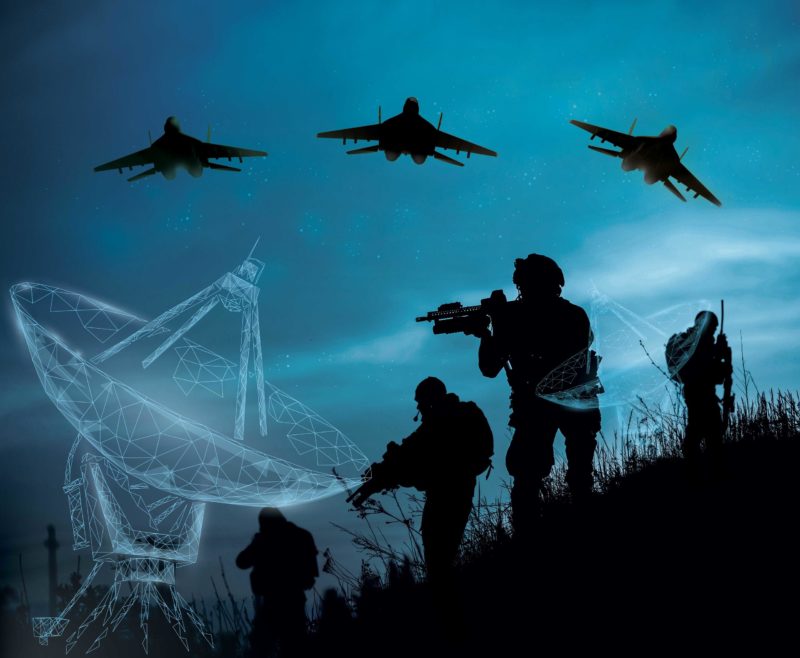Latest News

Photo: Via Satellite
Boeing said on Nov. 15 that its engineers recently tested a Protected Tactical Satellite Communications Prototype (PTS-P) for the U.S. Space Force to prevent the jamming of U.S. Department of Defense satcom, as Boeing’s competition with Northrop Grumman on the PTS-P program continues.
“Maintaining communication with our deployed forces during hostility gives us a tactical edge on the battlefield,” Justin Bruner, PTS-P program manager at U.S. Space Force’s Space Systems Command (SSC), said in a Boeing statement on Nov. 15.
“Our adversaries are always attempting to deny our ability to communicate,” he said. “On-board, autonomous, real-time nulling of jammers greatly enhances our resiliency, ensuring the United States and our allies can provide our warfighters with secure, reliable communications in a contested environment. Boeing has made significant strides in the development and execution of a nulling algorithm with flight-like firmware, demonstrating agile anti-jam capability. PTS-P and all of our Protected Anti-Jam Tactical Satcom [PATS] programs are critical to this effort.”
In March, Boeing said that SSC had validated the design maturity of the company’s PTS-P satellite in a critical design review (CDR), which SSC said that it completed with Boeing last Dec. 17. SSC has said that the command and Northrop Grumman finished its PTS-P CDR last Oct. 7.
PTS-P is to provide “space-based processing of the Protected Tactical Waveform (PTW), the U.S. military’s jam-resistant waveform,” Boeing said on Nov. 15. “Boeing’s solution uses software-defined beam-shaping to geolocate and actively suppress jamming in real-time, with thousands of data points gathered every second.”
The recent Boeing PTS-P hardware-software integration demonstration “featured a number of simulations where an adversary attempted to block a user’s communication, including situations with numerous simultaneous jamming attempts,” the company said. “In every simulation, the Boeing-built prototype autonomously mitigated highly-dynamic jamming attempts and preserved connectivity, including situations where the user was in close proximity to the interference source.”
In February and March of 2020, SSC’s predecessor — the Space and Missile Systems Center (SMC)–awarded PTS-P contracts to Lockheed Martin, Northrop Grumman, and Boeing. On March 31 last year, SSC chose Northrop Grumman and Boeing to move forward in the PTS-P competition.
“Additional PTS-P hardware and software demonstrations are planned in the coming months, with host vehicle integration set to begin early next year,” Boeing said on Nov. 15.
PTS-P test launches are to begin in 2024.
This article was first published by Via Satellite sister publication Defense Daily.
Get the latest Via Satellite news!
Subscribe Now